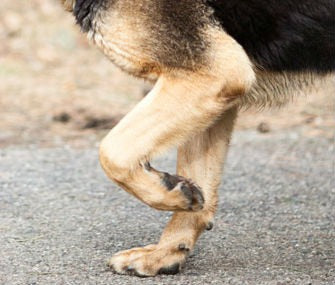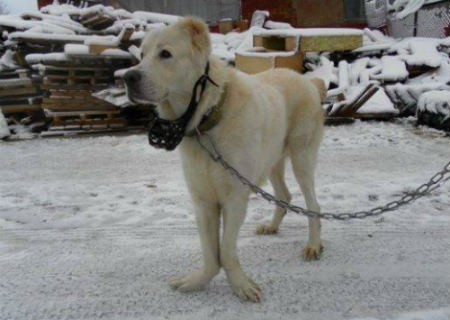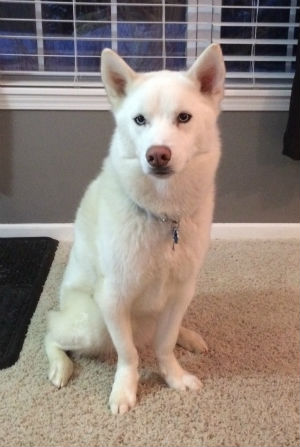Dog dysplasia in dogs - symptomatology and treatment
What is elbow dysplasia in dogs?
It consists of a degenerative pathology which occurs during canine growth, because the bones that form the elbow joint do not develop properly by different factors. Unilateral or bilaterally affects the elbow bones, causing the mobility of the canine to be compromised, product of malformation.
Most affected breeds
Commonly elbow dysplasia can be more related to a disease present in large canine breeds. However, no dog is exempt from suffering from this alteration.
Causes
Over time, this disease has been defined as a multicausal condition. That is, it is linked to different factors. However, the factor that has gained greater land by being associated with elbow dysplasia is genetics, whose incidence is related to more than 70% of cases where this alteration occurs.
Symptoms
In general, Dysplasia is a progressive disease Associated with growth, that is, symptoms can occur between the first 4 or 5 months of life. But, due to ignorance or disinterest, you can spend years until dogs are diagnosed. Let's see below some of the most common symptoms:Limited mobility
Dogs with elbow dysplasia have many limitations at the time of moving. Looming at the beginning or ending the movement is the most common, due to the discomfort caused by the wear of the bone tissues.Apathy before exercises
Due to discomfort when making movementsIt is very normal for dogs to present apathy or intolerance to exercises or walks. This is a very common symptom in this pathology.
Pain
Pain manifestations are undoubtedly one of the fixed symptoms in dysplasia, especially when making any movement, because pain is persistent. These are the signs and symptoms associated with elbow dysplasia in dogs. Although, in some cases, the disease can be asymptomatic and hinder its early diagnosis, it is important to go to the veterinarian in the presence of minor manifestations, because in this way the presence of the pathology and give adequate treatment may be determined.Treatment
The treatment to alleviate this condition depends in any case on the seriousness of the injury and the advancement of the disease. Well, in any case, we seek to perform the procedures that are less invasive for the dog. If a Early diagnosis, it is possible that the treatment is based on orthopedic processes, rehabilitation and physiotherapy, which can produce adequate progress in the health status of the canine, while decreasing the episodes of pain and inflammation associated with arthritis. Nevertheless, When diagnosed in an advanced state, it is advisable to carry out corrective surgery that, in most cases, is very favorable.
Can elbow dysplasia be prevented?
While the issue of genetics makes the prevention of this disease a complex issue, its association with external factors suggests that its prevention may be possible, at least in some races. Provide healthy eating to pets, make sure not to supply excess calcium during their growth and control exercises practices, properly according to their age and size, are some of the ways in which a dog can remain totally healthy and Reduce the risks associated with dysplasia. Regular controls with the veterinarian to rule out any disease is another effective way to maintain good health and care for canines and make sure they can enjoy their company for a good time. Finally, knowing the breed we have of pet or we think will help us to emphasize more the care it needs to remain healthy.Share
